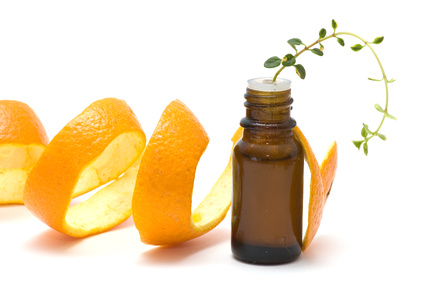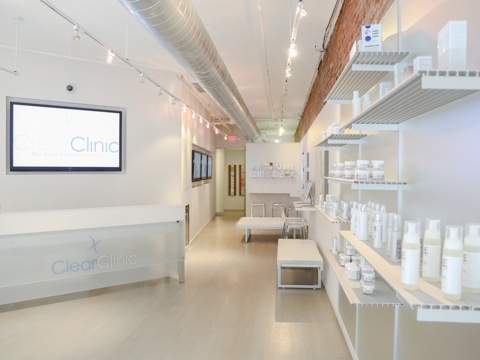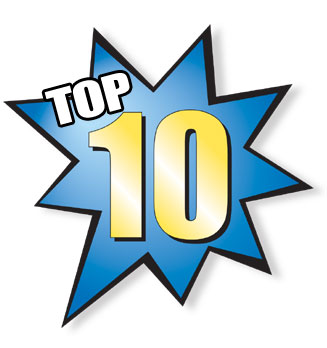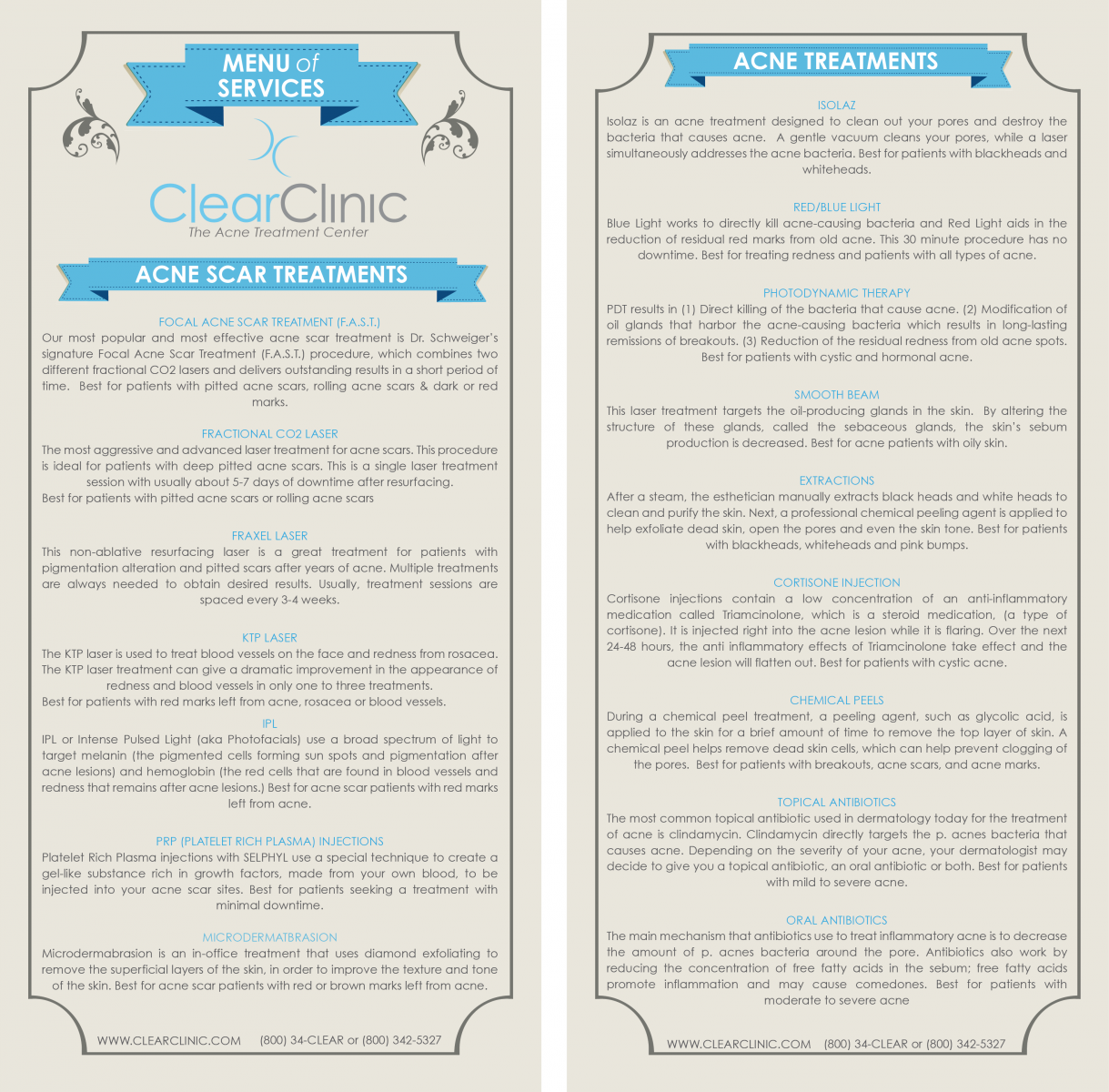Can Facial Oils Clear Acne?
 Some skin care professionals are touting the benefits of facial oils for the treatment of acne. Dr. Schweiger notes that, “While we are always looking for the next great treatment for acne, there is not enough research to prove that facial oils clear acne. The best acne treatments have been studied and proven to improve and prevent acne.”
Some skin care professionals are touting the benefits of facial oils for the treatment of acne. Dr. Schweiger notes that, “While we are always looking for the next great treatment for acne, there is not enough research to prove that facial oils clear acne. The best acne treatments have been studied and proven to improve and prevent acne.”
It is important to visit an acne expert, in order to receive the best treatment for your acne. Your dermatologist or dermatology PA will be able to prescribe the most appropriate prescription medications and recommend the most effective in-office laser and light-based treatments for your acne. While facial oils have shown promise, there is not strong evidence showing that they kill acne-causing bacteria, decrease inflammation, or decrease excess sebum production on the skin.
The current most effective types of acne treatments are:
- Topical antibacterial medications – These prescription medications include topical antibiotics and benzoyl peroxide.
- Topical retinoids – Retinoids regulate skin cell turnover, to clean out clogged pores and prevent the formation of a microcomedone, which can attract acne-causing bacteria.
- Oral medications – Examples of oral medications include oral antibiotics, anti-androgen medications, oral contraceptive pills, and isotretinoin.
- Laser and light-based therapies – These in-office treatments can clean out the pores and kill acne-causing bacteria quickly. Examples of these therapies include Blue Light Therapy, Photodynamic Therapy, and the Isolaz Laser.
- In-office treatments – These treatments, which include chemical peels, microdermabrasion, and medical extractions, help to prevent acne and improve the appearance of marks from old acne lesions.
Click here to learn more about acne treatments available at Clear Clinic.







 Acne scars most often looks like tiny indentations on the skin, but sometimes the reverse can occur. Most commonly seen on the back and chest, keloid acne scars are another type of acne scars that we often treat at the Clear Clinic. Keloidal scars are thick, raised scars, which are usually very red in appearance. They may even feel slightly tender to the touch, and they do not improve on their own over time.
Acne scars most often looks like tiny indentations on the skin, but sometimes the reverse can occur. Most commonly seen on the back and chest, keloid acne scars are another type of acne scars that we often treat at the Clear Clinic. Keloidal scars are thick, raised scars, which are usually very red in appearance. They may even feel slightly tender to the touch, and they do not improve on their own over time.